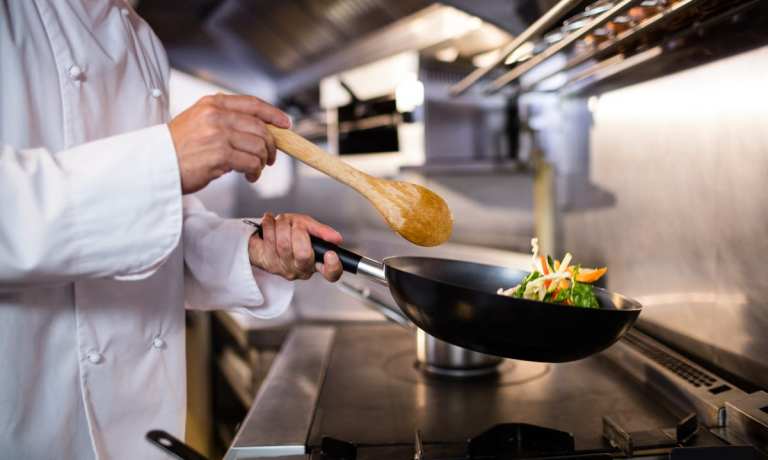
It is no surprise that the past 14 months have rapidly accelerated the ghost kitchen trend, as these virtual-only brands allowed restaurants to leverage their existing infrastructure to bring in additional revenue. With restaurants leaning heavily on digital sales and with dine-in options extremely limited, ghost kitchens were a fairly intuitive pivot. Now, as the vaccine rolls out across the country and consumers return to restaurants for on-premises dining, restaurateurs are noticing a surprising trend — even as on-premises sales grow, digital sales are holding relatively flat.
With this confirmation of digital’s continuing importance for the post-pandemic future, industry leaders are doubling down on ghost kitchens. In particular, many are viewing these virtual brands as a way to test out new markets and new concepts. Dine Brands, the company that owns Applebee’s and IHOP, is testing Applebee’s markets with ghost kitchens and integrating its Cosmic Wings virtual brand into existing Applebee’s locations.
“We don’t have a gigantic footprint, but we have the ability to test and learn,” the company’s CEO John Peyton told Forbes in an interview. “We are all in on virtual brands and ghost kitchens as a capital-light way to reach new customers in new markets and expand our brands’ footprints.”
While at the height of the pandemic, ghost kitchens were effectively an end in and of themselves, now many are viewing them the same way as Dine Brands, as an experimental tool.
“The ghost kitchen model is, is attractive, especially when we want to test out new markets,” Nicole Marquis, founder of HipCityVeg, a plant-based fast-casual chain, told PYMNTS in a recent interview.
Similarly, fast-casual chain Noodles & Company is using ghost kitchens both to try out markets and to try out kitchen techniques. As the company’s CFO Carl Lukach recently told PYMNTS, “What we’ll learn by going in a new market could be really eye-opening to say … how is the brand resonating with guests and how should we think about our real estate strategy when we actually put more dollars to work in opening up new markets?”
Of the company’s ghost kitchen in Chicago, where Noodles & Company already has a presence, Lukach said, “This is a pure delivery model, pure off-premises, the kitchen’s smaller, the space is smaller — we have to be extremely efficient with how we prepare dishes. We’re going to learn a lot about what we can take away and apply to our own kitchens.”
Some brands may remain primarily virtual in the post-pandemic future. However, for the majority of restaurants, ghost kitchens will likely prove to function better as this sort of testing site for new ideas, paired with a physical restaurant brand. After all, consumers are drawn to brands with which they can have an on-site relationship. As Joey Simons, senior vice president of operations for culinary brand C3 told PYMNTS, “Consumers feel most connected to brands they can see, touch, and connect with in person. These are the brands that will survive on and off the delivery apps when the pendulum swings back toward in-person dining experiences.”